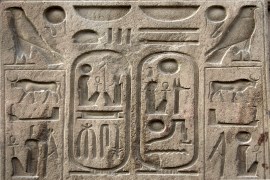Collections | Livre | Chapitre
The idiosyncrasy of beauty
aesthetic universals and the diversity of taste
pp. 109-127
Résumé
There are different senses of the word "beauty." It may refer to a broad social norm or to an individual psychological experience, what we might call "aesthetic response." The main contention of this chapter is that common or universal principles need not mandate nor even entail that everyone has the same experience of beauty. To the contrary, research indicates that the factors underlying aesthetic response predict considerable individual diversity. It initially seems that the search for universals of beauty is both hegemonic and falsely homogenizing. However, it is not hegemonic if we are concerned with aesthetic response, rather than social norms. Moreover, a clear understanding of universals does not preclude idiosyncrasy. In fact, when properly formulated, such universals predict and explain individual diversity.
Détails de la publication
Publié dans:
Bundgaard Peer F., Stjernfelt Frederik (2015) Investigations into the phenomenology and the ontology of the work of art: what are artworks and how do we experience them?. Dordrecht, Springer.
Pages: 109-127
DOI: 10.1007/978-3-319-14090-2_7
Citation complète:
Hogan Patrick, 2015, The idiosyncrasy of beauty: aesthetic universals and the diversity of taste. In P. F. Bundgaard & F. Stjernfelt (eds.) Investigations into the phenomenology and the ontology of the work of art (109-127). Dordrecht, Springer.










